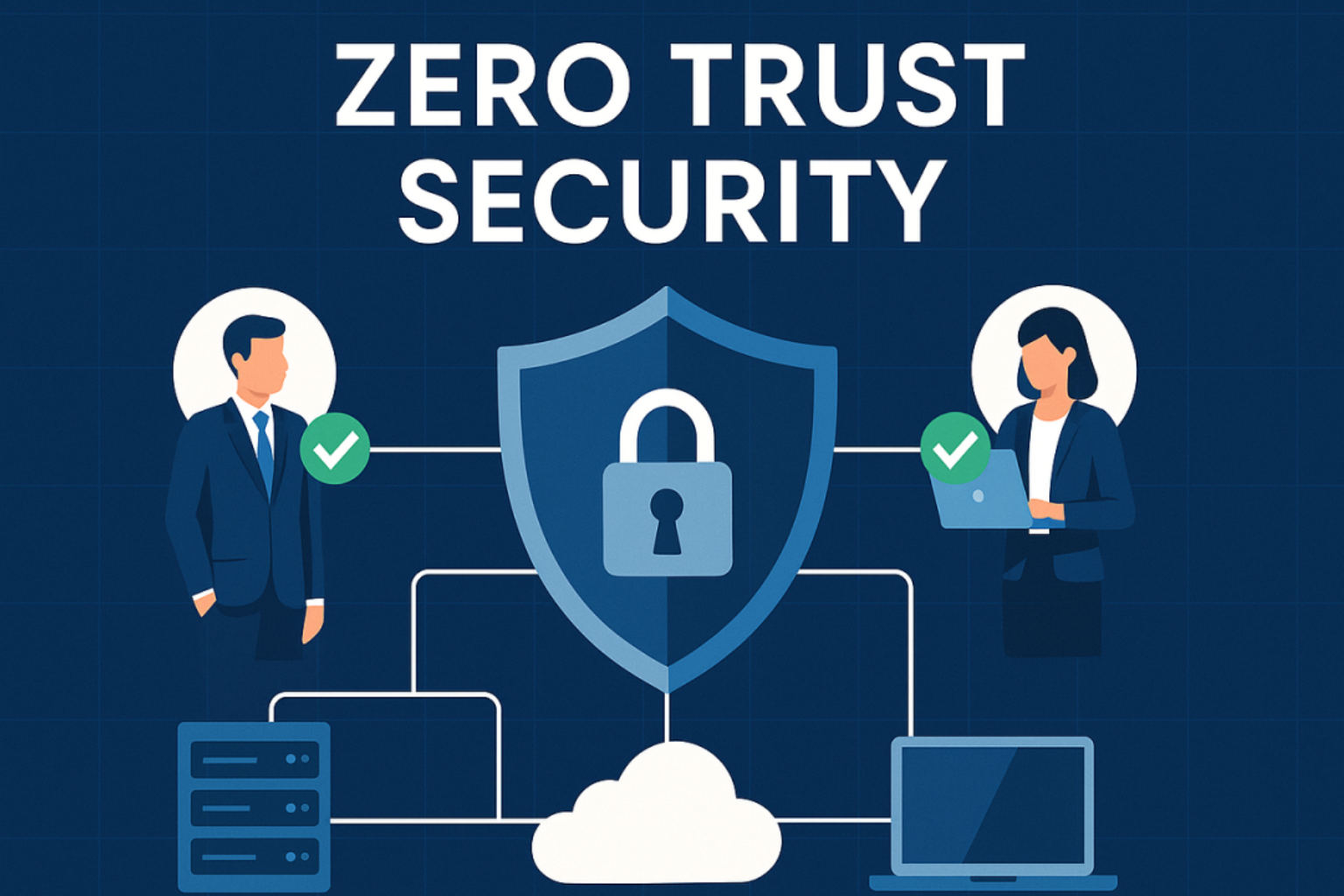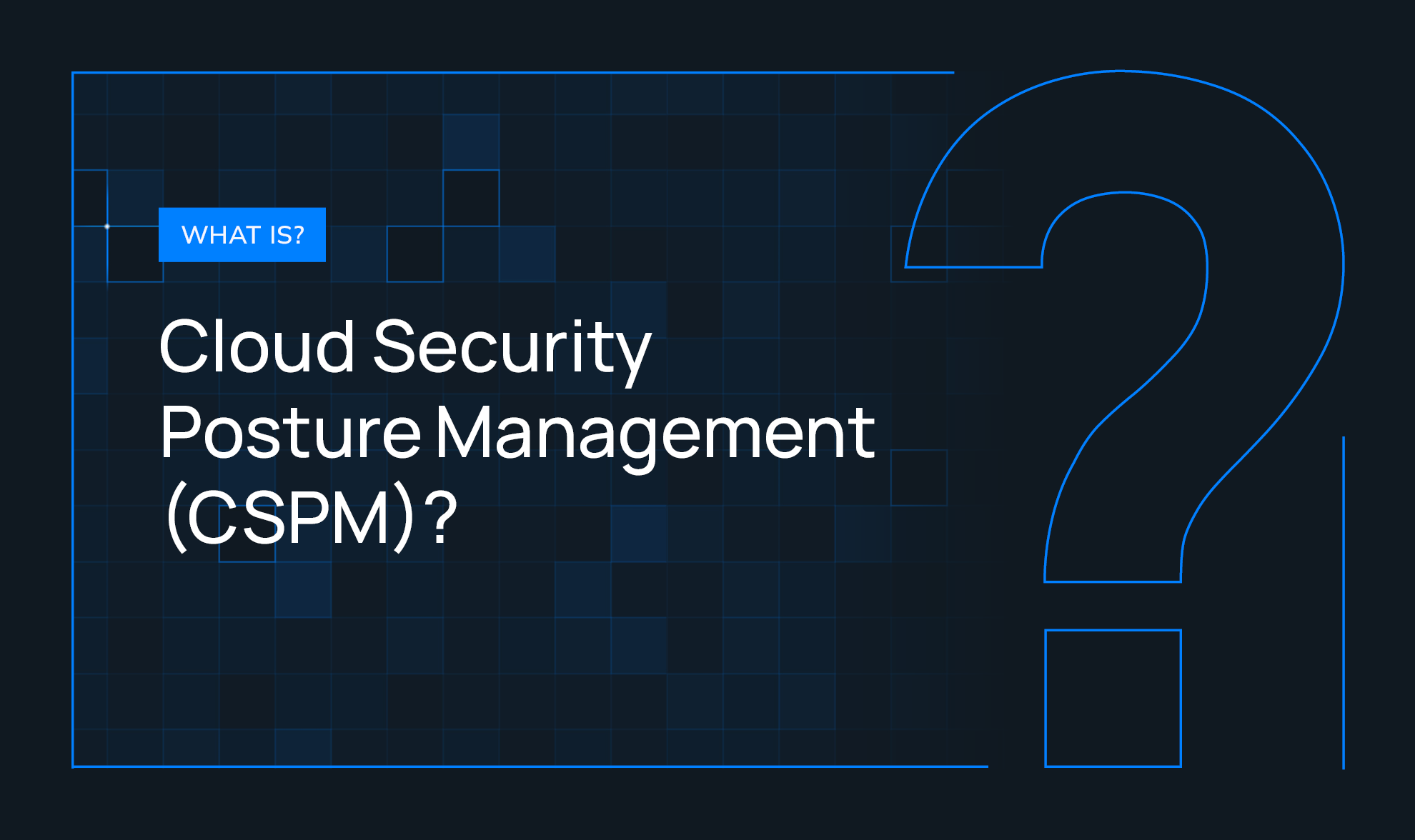
Top 9 Cybersecurity Frameworks
Financial companies face a tough reality today. They are major targets for cyber attacks, where one data breach can lead to huge losses and ruin customer trust. It’s a real concern for banks, insurers, and payment firms.
That is why financial services cybersecurity is essential. These companies handle confidential information, such as account details and personal records, which should be properly secured. They also have to adhere to strict laws, such as the GDPR in Europe, the DPDP Act in India, and the PCI DSS for payments.
This is what we can assist you with. This article presents a list of the Top 9 cybersecurity frameworks to protect financial businesses and comply with the law.
What Are Cybersecurity Frameworks?
Cybersecurity framework basically refers to a set of rules or best practices that can be used to enhance security structures and defend businesses against cyberattacks. It gives a clear framework for data security.
Security frameworks are frequently voluntary, unlike mandatory laws, such as GDPR or the DPDP Act, that companies are required to comply with. Nevertheless, it is vital in ensuring that businesses are in line with those legal standards.
Why are they vital for financial firms? In cybersecurity in financial services, risks like payment data theft or third-party weaknesses are common. These frameworks address those dangers directly, boosting protection.
Top 9 Cybersecurity Frameworks for Financial Services
Financial firms face constant cyber risks, making strong protection a must. We’ve listed the Top 9 Cybersecurity Frameworks to boost financial services cybersecurity and help you stay compliant with strict laws like GDPR, DPDP Act, and PCI DSS.
1. NIST Cybersecurity Framework (NIST CSF)
NIST CSF is a reliable cybersecurity framework to enhance security. It provides five consequential steps to address risks: Identify, Protect, Detect, Respond, and Recover. It can be used by financial companies to detect threats and act on them before the damage can spread.
For financial services cybersecurity, it enables banks or payments firms to visualise data risk. Such a step-by-step strategy simplifies the work of securing customer data and ensuring compliance with data protection provisions, such as GDPR and the DPDP Act in the case of India.
Financial organisations adopt a formal approach with NIST to avoid violations. It protects confidential information and complies with regulations such as PCI DSS. To individuals venturing into security frameworks, this is a strong base of reinforcement.
2. ISO 27001/27002
The ISO 27001 and 27002 are critical cybersecurity frameworks to safeguard information. They offer comprehensive information on how to form strong security frameworks against threats. They can be used by financial institutions to demonstrate adherence to international standards of security.
They address threats such as information leaks by establishing strong protocols in the context of their financial cybersecurity. They comply with GDPR among companies managing data in the EU and the DPDP Act of India in managing security in cross-border operations.
Financial institutions that employ ISO will have a more secure customer trust. Implementation requires a lot of hard work, but ensures you are fully compliant with international laws. This security framework provides sustainable security to sensitive data and contributes to ensuring business reputation.
3. CIS Controls
CIS Controls is a straightforward cybersecurity framework for quick security improvement. It has a list of the necessary steps to defend systems without intricate procedures. Urgent risks can be addressed with clear steps that are prioritized by financial firms
When it comes to cybersecurity in financial services, it fits smaller companies with limited budgets. It addresses risks such as hacking or theft of the data to satisfy the GDPR and DPDP Act fundamentals without a huge security team.
Start small and then scale up. Financial companies secure customer records promptly and demonstrate to regulators an operational security framework. It is a simple process of enhancing safety during the onset.
4. FFIEC Cybersecurity Assessment Tool (CAT)
FFIEC CAT is a specialised cybersecurity model for financial companies. It assists banks and credit unions in assessing risks and areas of weakness. It is designed to address particular financial cybersecurity issues.
It is linked to regulations such as GLBA in the US and advocates for GDPR to reach all locations. It assesses tech systems and processes, prompting financial firms to address flaws in their financial services cybersecurity and minimise the risk of experiencing breaches.
Implementing FFIEC CAT will demonstrate a commitment to regulators. It also facilitates the Lawful compliance of the DPDP Act in India. By adopting this narrow security framework, financial companies can reduce fines and also secure customer data.
5. PCI-DSS
The PCI-DSS can be referred to as a very important cybersecurity framework in terms of payment security. It makes sure data concerning credit cards and transactions remains secure. Financial firms that process payments must focus on preventing breaches by ensuring financial services cybersecurity.
It is linked to PCI standards and facilitates GDPR and the DPDP Act by protecting personal information in transactions. It needs to be followed by banks and payment processors in order to avoid leaks of data, which may damage the trust of the customer and business.
The PCI-DSS can also be followed to avoid the heavy penalties. It is a simple security system for safeguarding payment data.
6. COBIT (Control Objectives for Information and Related Technologies)
COBIT is an integrated IT security formal framework that links or aligns IT security to business objectives. It balances between the protection and growth of financial firms. It fits well with larger organisations that need a very broad security strategy.
In financial cybersecurity, COBIT implements data protection according to the GDPR requirements. It assists banks or insurers to handle tech risks and helps them to endorse business objectives, complying with the DPDP Act and other regulations in India.
It develops a trustworthy security structure of operations. COBIT enables financial firms to demonstrate data control to the regulators. Although significant, it offers long-term stability and is applicable to legal requirements.
7. SOC 2 (System and Organization Controls 2)
Financial service providers will find SOC 2 a relevant cybersecurity framework. It evaluates the security of data and privacy. It serves to build trust regarding the provision of financial services cybersecurity to clients and business partners.
It is equal to the GDPR and DPDP Act, which incorporate the importance of data handling standards. SOC 2 demonstrates a verified security blueprint followed by financial institutions employing cloud services or affiliated businesses that resort to high-level standards.
The achievement of SOC 2 earns credibility regardless of the effort. Financial companies avoid risks and ensure that they are compliant. Customers have confidence in companies that are SOC 2-certified since their data is under proper protection.
8. HIPAA Security Rule
Financial institutions dealing with health payments or insurance are affected by the HIPAA Security Rule. This cybersecurity framework protects health information, and is connected with the field of financial cybersecurity of businesses that have a common domain.
It supplements GDPR through safeguarding the privacy of personal data. To financial companies dealing with health transactions, it complies with the DPDP Act regulations in India, ensuring sensitivity of information is not leaked or lost to unauthorized persons.
Financial institutions that adhere to this security framework are not subjected to high fines. Health information must be present. Application of HIPAA instills trust in clients and guarantees adherence to the relevant international laws.
9. Cloud Security Alliance (CSA) Cloud Controls Matrix (CCM)
CSA CCM is a cloud security framework for data protection in cloud systems. Since many financial firms use cloud tech, it’s highly relevant to financial services cybersecurity in today’s digital world.
It aids compliance with GDPR and DPDP Act by securing cloud-stored data. If your financial business keeps customer info online, CSA CCM offers steps to prevent breaches that damage trust and operations.
It’s a focused security framework for current needs. Financial companies using it stay protected with cloud tools. It shows regulators and clients you prioritize safety in modern setups.
Conclusion
To wrap up, financial cybersecurity is a must for financial firms facing constant cyber threats and strict regulations like GDPR, DPDP Act, and PCI DSS. Choosing a cybersecurity framework from our Top 9 list helps protect sensitive data and keeps you compliant with these laws.
Frequently Asked Questions (FAQs)
1. Why is financial services cybersecurity so important?
It’s critical because financial firms handle sensitive data like bank details. A breach can cost millions and break trust. Strong cybersecurity frameworks help meet laws like GDPR and avoid risks.
2. How does a cybersecurity framework differ from laws like GDPR?
A cybersecurity framework offers voluntary guidelines to boost security, unlike mandatory laws like the GDPR or the DPDP Act. It helps firms comply with legal rules while protecting data effectively.
3. Which security framework is best for small financial firms?
CIS Controls is great for smaller firms in financial cybersecurity. It’s simple, focuses on key risks, and helps meet GDPR or DPDP Act basics without needing a big budget.
4. Can financial firms use more than one cybersecurity framework?
Yes, combining cybersecurity frameworks like NIST CSF and PCI-DSS works well for financial services cybersecurity. It creates stronger protection and ensures compliance with laws like GDPR and the DPDP Act.
5. How do security frameworks help with laws like DPDP Act?
Security frameworks like ISO 27001 guide data protection for laws like the DPDP Act and GDPR. They help financial firms organize security, avoid fines, and meet legal standards efficiently.




%20Redacto%20logo_New.png)
.jpg)



.jpg)


